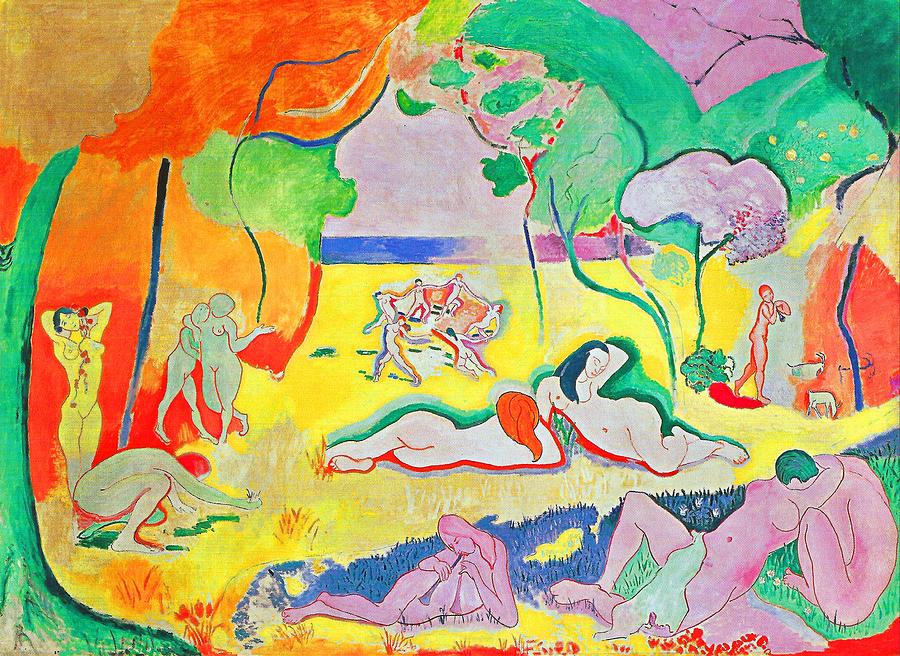
Have you ever craved a different form of creative inspiration? Then meet Henri Matisse, one of the greatest artists in all of modern art. With more than eighty years of artistic experience, Matisse lived to be eighty-four and created magnificent artworks throughout his career. Today we’ll look at eight of his artistic approaches that told stories of the time periods that he was in, to better understand his expertise.
Early Years
Just before he turned twenty, in 1889, Matisse had officially started painting as his bread and butter. Originally, he was studying to become a lawyer; but his diagnosis of appendicitis had made him bedridden. During his illness, his mother had given him painting supplies; and soon enough, he found joy in painting.
“It was said that Matisse became fascinated by art, that he virtually spent all his money on artwork from his idols Van Gogh, Gaugin, Cezanne, and Rodin,” said Billy Douglas, an art writer at Paper Fellows and State Of Writing. “Though, he really admired Cezanne, because of the sensibilities to color, as well as the use of composition. Ultimately, this disciple of Cezanne would dabble in a Divisionist style, with colors ‘mixing’ in one’s view. Despite his work being somewhat reserved, he didn’t shy away from color and subject matter.”
Access And Influential Growth
In April 1906, Matisse formed a lifetime friendship with Pablo Picasso. People would often compare him to Picasso; but unlike Picasso, Matisse’s paintings were more focused and realistic than his companion’s.
He also became good friends with Gertrude Stein, while he taught at the Académie Matisse in Paris (1907-11). His art would be featured at weekly salon gatherings at Stein’s 27 rue de Fleurus. Eventually, his work got more and more attention.
Fauvism
As his popularity as an artist began to grow, Matisse began experimenting with something called Fauvism, which is derived from the phrase “wild beasts.” From 1904 to 1908, his exhibitions would display colors that were wild and untamed, which gave his artwork raw and unrefined appearances.
Highs And Lows
Starting in 1910, Matisse received both praise and criticism; and his artwork would display both sides of these emotions, along with influences from Primitivism and African art during his travels from Algiers to Spain and Morocco. He would receive praise from art critics like Guillaume Apollinaire, who had called his work “eminently reasonable.” On the other hand, he would receive criticism, with his painting, Nu bleu, being burned in protest at the Armory Show in Chicago in 1913 being a dire example.
Back To Order
In 1917, following World War I, Matisse decides to lay off on extremism, as he moves to Nice on the French Rivera. Instead, his art became more relaxed and softer than his previous works; and he wasn’t alone on this artistic transition either, as many other artists did the same (including Picasso and Stravinsky), much to the dismay of some critics who saw this new work as decorative but shallow.
Return To Extremism
Fortunately, it wasn’t until the 1920s, when Matisse saw his creative light again, and even collaborated with artists on different projects worldwide. And then, in the 1930s, he found renewal in his commitment and boldness in his work again, and put out creations such as Large Reclining Nude. Pretty soon, he was into simplified form and cutouts, and went in that direction.
Occupied Art
“World War II was a scary time for people,” said Dirk F. Reyes, a blogger at Academic Writing Service and OXEssays. “Rumor has it that during this time, Matisse had to choose between leaving France, or staying as a non-Jewish man. Ultimately, he chose to stay, writing to his son Pierre that he didn’t want to see France deserted. Therefore, he continued to live an artistic life, regardless of the war.”
Cutouts
After undergoing surgery in the early 1940s, Matisse fell in love with art again, while he was recuperating. But this time, his love for art focused on collage; so, he traded his painting tools for paper and scissors. His last painting was completed in 1951, allowing him to spend more time experimenting on collage.
Conclusion
We hope that you will be inspired by Matisse’s artistic journey. To learn more about Matisse and his artwork, look for Intuitive Art: Painting Like Matisse, and you too can learn to paint like the iconic artist!
Katherine Rundell writes for both UKWritings.com and BoomEssays.com. As a marketing strategist, she works with marketing teams to create company sites that shine, through her proposals and presentations. To learn more about Katherine and her work, visit Essayroo.com.

e wasn’t alone on this artistic transition either, as many other artists did the same (including Picasso and Stravinsky), much to the dismay of som